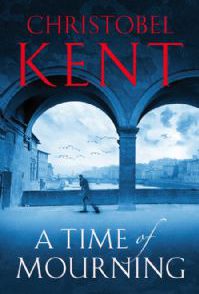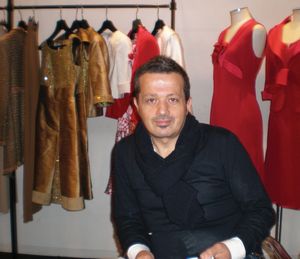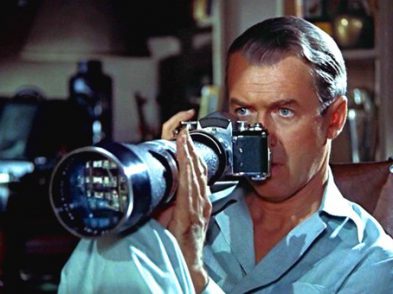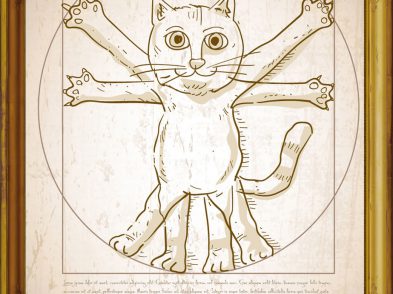When Maggio Musicale chose ‘women’ as its theme for the 71st season, opening April 26, the idea in mind was not the self-sacrificing consumptive heroines of classical Italian opera. Think of a much feistier sort of female: donne contro, women who go against the grain. Carmen, Joan of Arc and the much-maligned Lady Macbeth are the uncompromising protagonists of the new season of operas that will open with Honneger’s Giovanna D’Arco al Rogo, conducted by Zubin Mehta and directed by Welsh film-maker Peter Greenaway. Bizet’s Carmen and Sostakovic’s Lady Macbeth will follow. The programme also includes the first-ever performance in Italy of a new opera, Fedra, by Henze.
The ambitious programme reflects the robust self-confidence of this festival, the largest and oldest in Italy and, along with the Festival of Salzburg, the oldest in Europe. Although some trepidation might be justified after the shaky start to the autumn opera season, when a strike provoked the cancellation of the opening night of La Forza del Destino, the authorities are optimistic. The official word is that all is being done to ensure that everyone involved in the Maggio can continue to work in the best possible conditions.
It is not, after all, the first time that the Maggio has faced and overcome adversity. When it finally opened, La Forza del Destino was a resounding success and was seen by audiences throughout Italy as the result of an experiment with Rai 3, which broadcast the opera live by satellite to 30 cinemas around the country.
The Maggio Musicale came into being in 1933, five years after the Stabile Orchestrale Fiorentina was founded by a group of intellectuals, headed by Alessandro Pavolini, later hanged for his fascist activities alongside Mussolini, and Vittorio Gui. The name ‘Maggio’ refers both to the month of the festival and to the Italian tradition of Calendimaggio or Cantar Maggio, the celebration of the arrival of spring. As well as the May festival, the Maggio Musicale offers a year-round programme of opera, classical music and ballet, making it unique in Europe.
The festival is known to music-lovers all over the world, but it is the Maggio chorus in particular that has won resounding international acclaim. Much in demand for recordings and concerts, the Maggio is the only opera chorus ever to have won a Grammy award. As well as its commitment to the Florence festival, the chorus is currently working with the Symphonica Toscanini orchestra, conducted by Loren Maazel, and has just completed a tour that included concerts in both Fez and Jerusalem. At a concert in Brussels to mark the 50th anniversary of the Treaty of Rome, the performance of Beethoven’s Ninth, which includes the anthem of the European Union, Ode to Joy, received a long, standing ovation.
During the Maggio festival itself, performances are staged in other theatres in Florence, including outdoor venues such as the Boboli Gardens. But the real home to the Maggio since its inception has been the Teatro Comunale, one of the biggest theatres in Italy. Built in 1862, it was originally an open-air theatre for equestrian events and circus performances. One of its most famous guests was Buffalo Bill, who appeared here with his Wild West Show. The theatre, covered in 1892, has undergone further restorations since, in particular after WWII, when it was badly damaged by bombs, and after the flood of 1966.
The Maggio Musicale and the Teatro Comunale have always been inextricably linked. It was at the Teatro Comunale that the Maggio Musicale gave the first public display of Florence’s rebirth and recovery after the Florence flood of 1966. Despite extensive damage to electrical equipment, costumes and stalls, the theatre reopened, with much of its props and scenery borrowed from theatres all over Italy, after only 20 days. Many of those who came on that opening night to hear the performance of L’Incoronazione di Poppea by Monteverdi still wore their rubber boots, for they had come straight from stripping mud from the walls of their homes. The evening was charged with emotion, which reached a peak as the last notes of the opera rang out. Many of the audience were in tears and a long applause dissipated the anger and sadness of Florentines at the devastation of their city and signaled their faith in its recovery.
Plans are now well advanced for a new opera house for Florence. A site has already been allocated behind the Stazione Leopolda. The new opera house will offer ample parking, which is currently lacking at the present location, and extra performance space, with mobile stages that will allow different shows to be run on consecutive evenings. The project reflects the sense of growth and confidence with which the Maggio Musicale looks towards the future but it also marks the end of an era.






